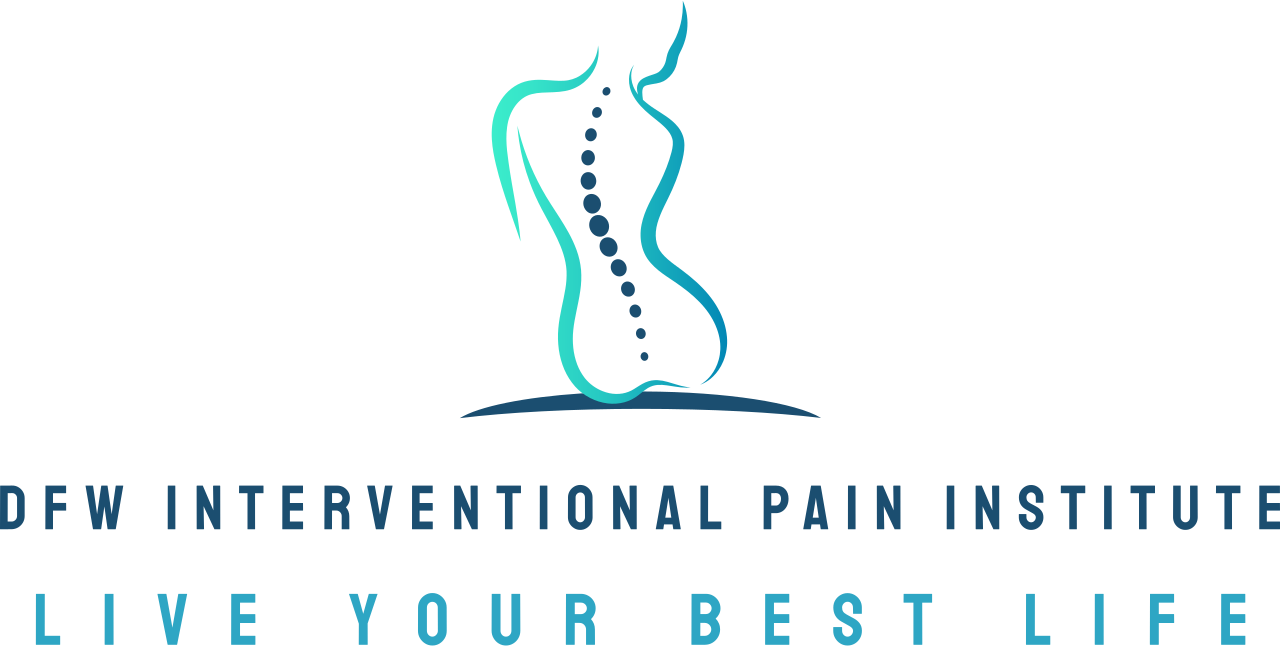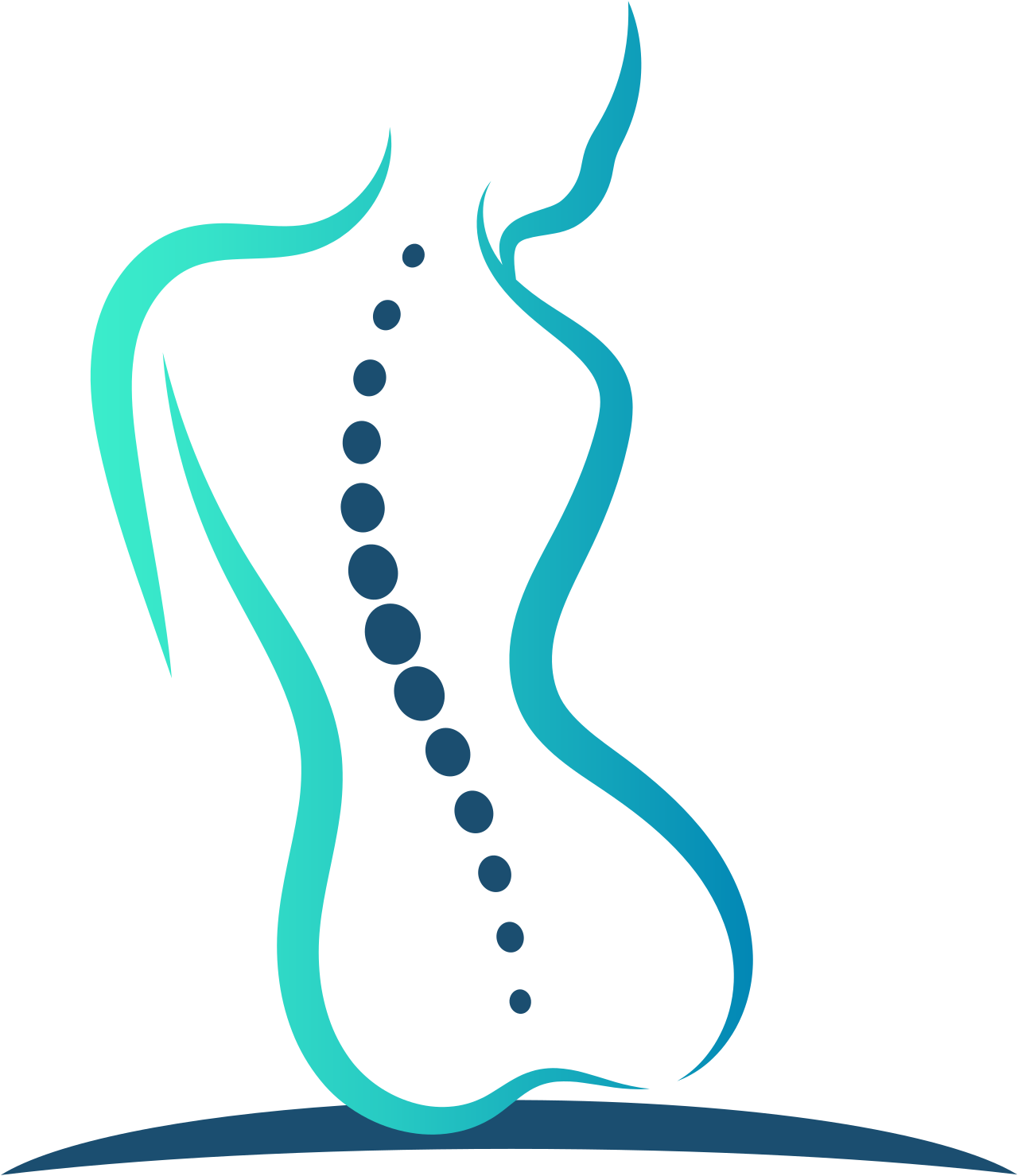Overcoming the unseen hurdle: How Olympic athletes manage chronic pain
The life of an Olympic athlete is often glamorized, filled with images of gold medals, record-breaking performances and global acclaim. But behind the scenes, many athletes face an unseen yet formidable adversary—chronic pain. For athletes, managing this persistent pain becomes a critical aspect of their career and overall well-being.
With the Olympics coming to a close yesterday, we thought we'd write a bit about how athletes as the highest level manage chronic pain and the lessons we can learn from their efforts. Whether you're an athlete, too, or someone who is suffering from chronic pain, you'll find practical tips and inspiring stories that highlight the resilience and determination of these exceptional individuals.
The prevalence of chronic pain in Olympic athletes
Athletes often push their bodies to the limit, and it's no surprise that chronic pain is a common issue. Olympic athletes, as you can imagine, have been shown to have a higher pain tolerance level than the average person. This persistent discomfort can stem from various factors such as overuse injuries, previous acute injuries and the physical demands of training and competition.
Chronic pain not only affects an athlete's performance but also their quality of life. The constant struggle with pain can lead to mental health challenges, making it essential to address both the physical and emotional aspects of pain management. Understanding the prevalence of chronic pain among athletes sets the stage for exploring effective management strategies.
In the following sections, we'll discuss the types and causes of chronic pain specific to Olympic athletes and the comprehensive approaches they take to manage it.
Types and causes of chronic pain in Olympic athletes
Overuse injuries
Overuse injuries are a common cause of chronic pain in athletes. These injuries occur when repetitive motion leads to the gradual wear and tear of muscles, tendons and joints. Examples include tendinitis, stress fractures and shin splints. The continuous strain on specific body parts without adequate rest can result in chronic pain.
Acute injuries
Acute injuries like sprains, fractures and dislocations can have long-lasting effects if not properly treated. Even after the initial injury heals, athletes may experience lingering pain due to scar tissue, nerve damage or incomplete rehabilitation. This chronic pain can be a constant reminder of past injuries.
Biomechanical imbalances
Poor biomechanics can contribute to chronic pain in athletes. Imbalances in muscle strength, flexibility and alignment can lead to improper movement patterns, causing undue stress on certain body parts. For instance, a runner with weak hip muscles may develop chronic knee pain due to altered gait mechanics.
By identifying the specific types and causes of chronic pain, athletes and medical professionals can develop targeted treatment plans to address the underlying issues.
Physical therapy and rehabilitation
Customized rehabilitation programs
Physical therapy plays a crucial role in managing chronic pain for Olympic athletes. Customized rehabilitation programs focus on strengthening weak muscles, improving flexibility, and correcting biomechanical imbalances. These programs are tailored to the athlete's specific needs, ensuring a comprehensive approach to pain management.
Manual therapy techniques
Manual therapy techniques, such as massage, joint mobilization and myofascial release, are commonly used in physical therapy. These hands-on techniques help reduce muscle tension, improve circulation and promote tissue healing. Athletes often incorporate regular manual therapy sessions into their training regimen to manage pain and prevent injuries.
Exercise prescription
Exercise prescription is a key component of physical therapy for athletes. Controlled and progressive exercise programs help improve functional strength, endurance and mobility. By gradually increasing the intensity and complexity of exercises, athletes can build resilience and reduce the risk of chronic pain.
Physical therapy and rehabilitation provide athletes with the tools and techniques needed to manage chronic pain effectively, allowing them to maintain peak performance.
Innovative medical technologies
In additional to physical therapy recommendations, there are many other methods that Olympic athletes use to manage and treat chronic pain. Some of these methods are even treatments we offer at DFW Interventional Pain Institute as well.
Cryotherapy
Cryotherapy involves exposing the body to extremely cold temperatures for short periods. Though we don't specifically offer this at DFW Interventional Pain Institute, this technique helps reduce inflammation, numb pain,and promote tissue repair. Many athletes use cryotherapy chambers or localized cryotherapy treatments as part of their pain management routine.
Electrical stimulation
Electrical stimulation, or electrotherapy, uses electrical currents to stimulate nerves and muscles. Techniques like Transcutaneous Electrical Nerve Stimulation (TENS) and Neuromuscular Electrical Stimulation (NMES) can help alleviate pain, improve muscle function and enhance recovery. Athletes often use portable electrical stimulation devices for targeted pain relief.
Regenerative medicine
Regenerative medicine, including treatments like platelet-rich plasma (PRP) therapy and stem cell therapy, is gaining popularity among athletes. These advanced therapies promote tissue regeneration and healing by harnessing the body's natural healing processes. Athletes may undergo regenerative treatments to address chronic pain and accelerate recovery from injuries.
Innovative medical technologies offer athletes new and effective ways to manage chronic pain, allowing them to stay competitive in their respective sports.
Mental health and well-being in pain management
Psychological support
Chronic pain can take a toll on an athlete's mental health. Psychological support through counseling, cognitive-behavioral therapy (CBT) and mindfulness techniques can help athletes cope with pain-related stress and anxiety. Building mental resilience is essential for managing chronic pain effectively.
Mind-body practices
Mind-body practices, such as yoga, meditation and deep breathing exercises, can help athletes manage chronic pain. These practices promote relaxation, reduce muscle tension and enhance overall well-being. Incorporating mind-body techniques into their routine can provide athletes with a holistic approach to pain management.
Support networks
Having a strong support network is crucial for athletes dealing with chronic pain. Coaches, teammates, family and friends can provide emotional support, encouragement and motivation. Being part of a supportive community helps athletes stay positive and focused on their goals.
Prioritizing mental health and well-being is essential for athletes to manage chronic pain and maintain a balanced and fulfilling life. We often see much better success with our patients at DFW Interventional Pain Institute who have a support network, so making sure you've got the right players on your home team can be crucial to the success of your treatment plan.
Success stories and insights from Olympic athletes
Michael Phelps
Michael Phelps, the most decorated Olympian of all time, has openly discussed his struggles with chronic pain and mental health. Phelps has used a combination of physical therapy, mental health support, and regenerative treatments to manage his pain and continue competing at the highest level.
Serena Williams
Tennis legend Serena Williams has faced numerous injuries throughout her career, leading to chronic pain. Williams has relied on a comprehensive approach, including physical therapy, innovative medical treatments, and mental health support, to manage her pain and achieve remarkable success. She's also detailed playing through debilitating migraines, and she worked with a doctor to figure a migraine treatment that was right for her and her active lifestyle.
Usain Bolt
Usain Bolt, the fastest man in the world, has experienced chronic back pain due to scoliosis. Bolt has used a combination of chiropractic care, physical therapy, and strength training to manage his condition and maintain his dominance in sprinting.
These success stories highlight the resilience and determination of Olympic athletes in managing chronic pain and achieving greatness.
Advice and tips from sports medicine professionals
Early intervention
Sports medicine professionals emphasize the importance of early intervention in managing chronic pain. Addressing pain and injuries promptly can prevent them from becoming chronic and affecting long-term performance. If you've been experiencing chronic pain, it may be worth speaking with a medical professional to avoid complications later down the line.
Holistic approach
A holistic approach to pain management is essential for athletes and non-athletes alike. Combining physical therapy, medical treatments, mental health support and lifestyle modifications can provide comprehensive relief from chronic pain. Tailoring the approach to your specific needs ensures the best outcomes.
Consistency and patience
Consistency and patience are key in managing chronic pain. Athletes should adhere to their treatment plans, follow medical advice, and remain patient throughout the recovery process. Progress may be gradual, but staying committed to the plan will yield positive results.
Sports medicine professionals provide valuable insights and guidance to help athletes manage chronic pain and optimize their performance.
Work with a pain management specialist
Pain management doctors like Dr. Edrick Lopez have extensive training in treating all different types of chronic pain. A pain management specialist has the experience and tools to effectively treat pain in a manner that fits with your own personal lifestyle. You don't have to be an athlete to work with a specialist; Dr. Lopez loves helping winners from all walks of life get back to living their best life.
You don't have to be an Olympic athlete to get the highest level of care
The resilience and determination of Olympic athletes in managing chronic pain are truly inspiring. But you don't have to be an athlete to get the highest level of care from a pain management specialist. Dr. Lopez and our team at DFW Interventional Pain Institute love working with patients from all different arenas to come up with a comprehensive pain management plan that can help you get back in action.
If you're experiencing chronic pain, reach out to a professional for guidance and support. Contact Dr. Edrick Lopez at DFW Interventional Pain Institute to explore comprehensive pain management options tailored to your needs.

